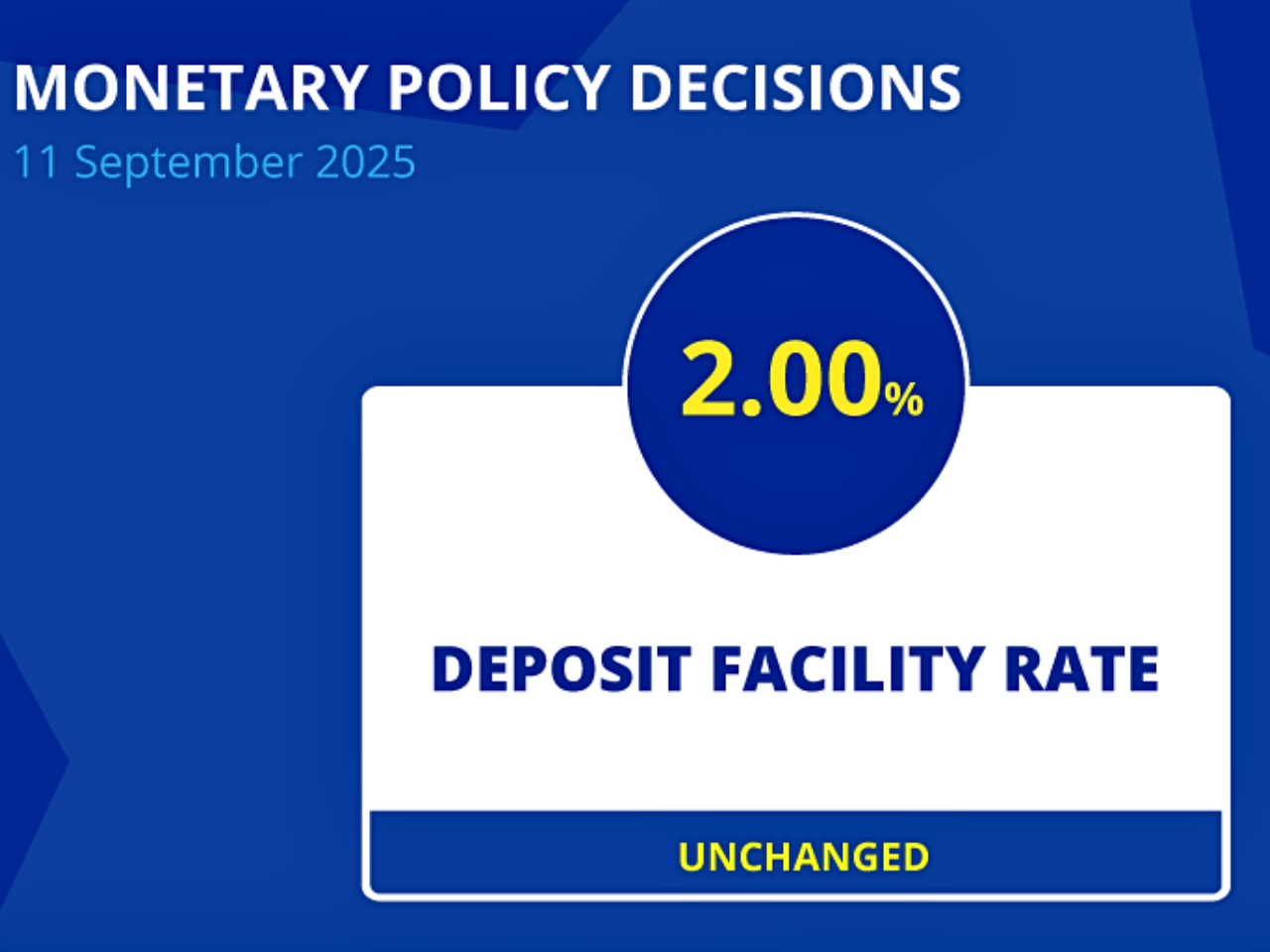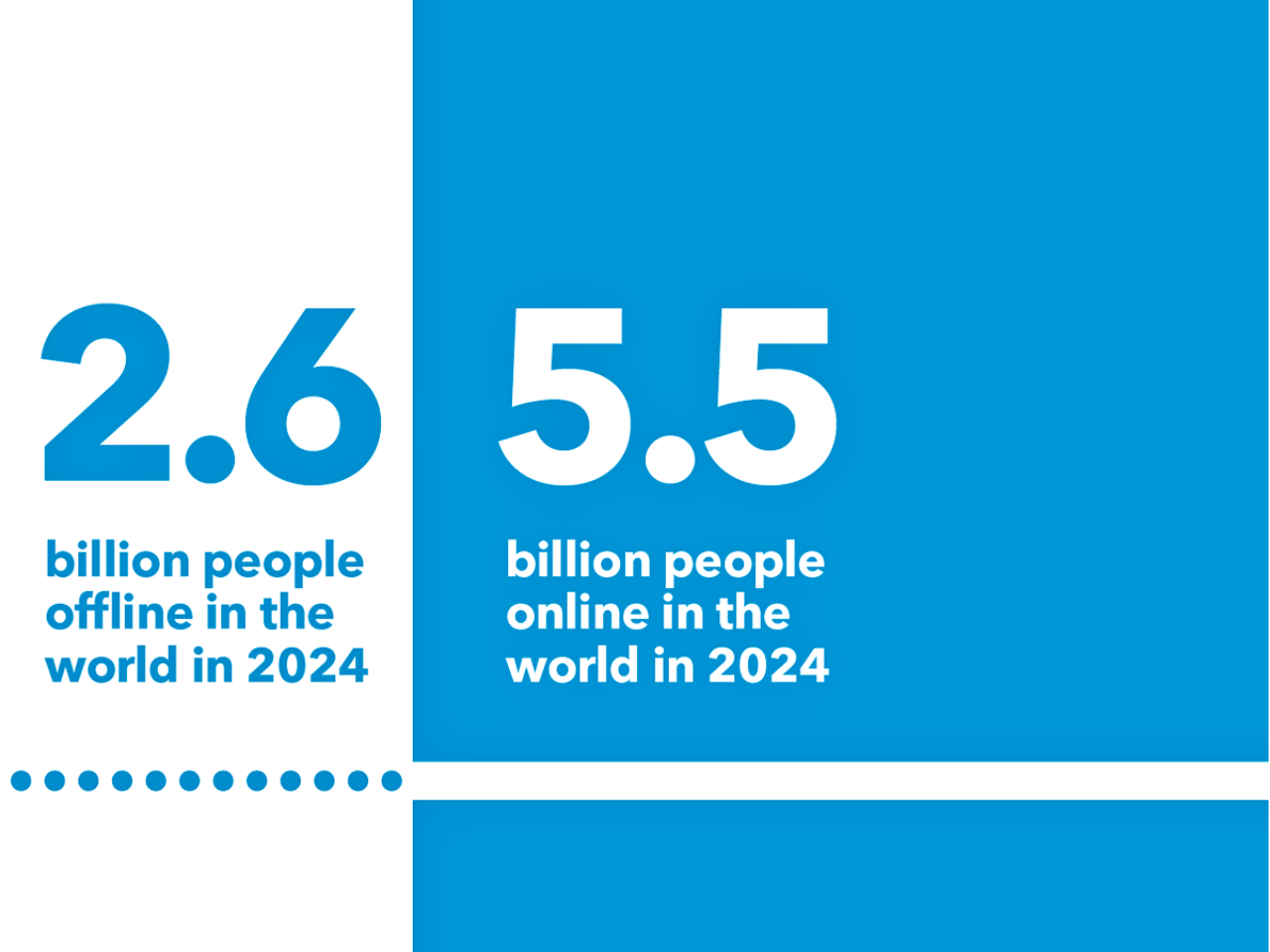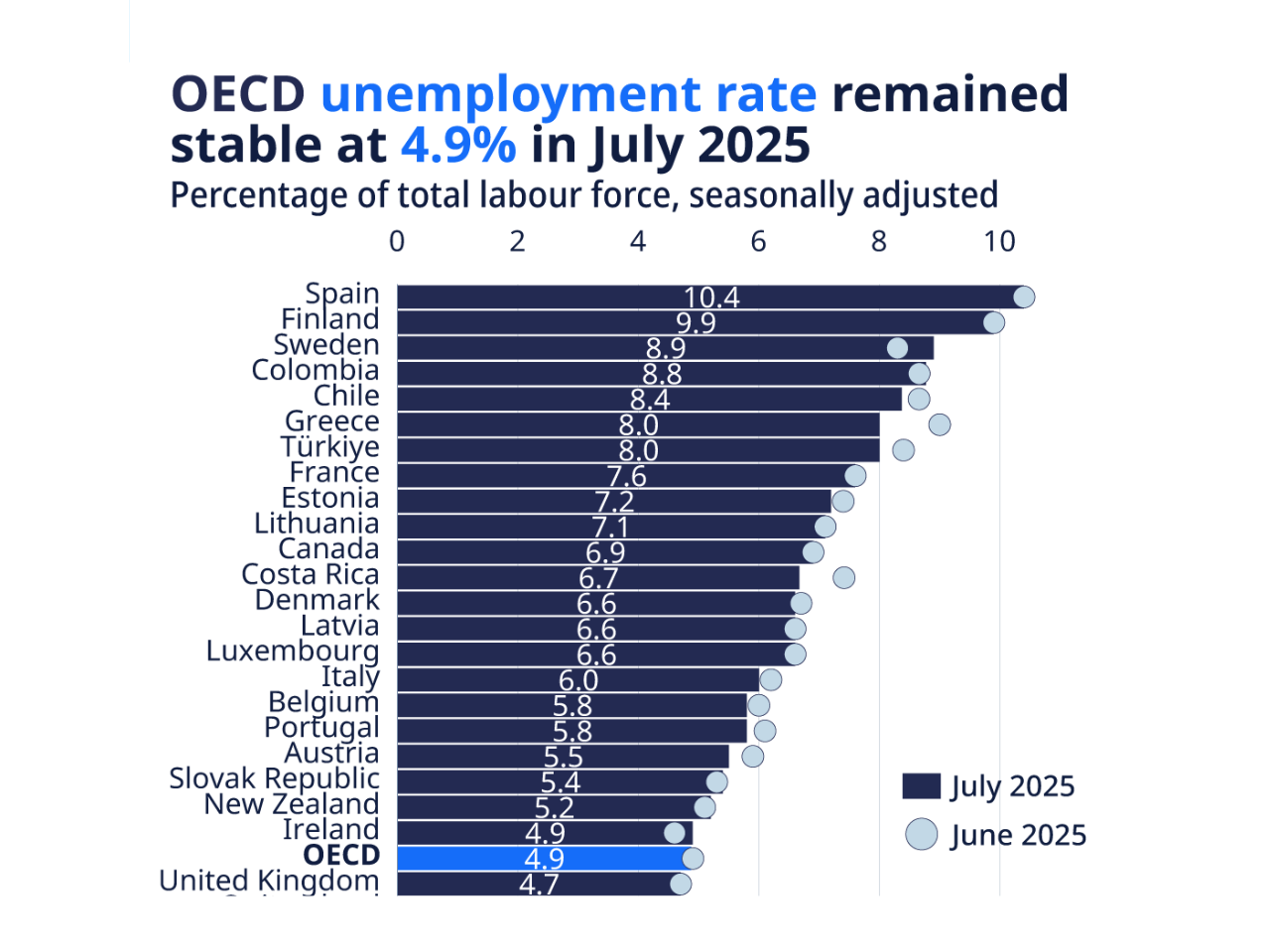OECD Unemployment Rate Remains Stable at 4.9% in July 2025
In the latter part of July 2025, the OECD had a 4.9 percent stable unemployment rate, from April 2022, enduring a trend of staying at or under 5.0 percent. Overall, the number of unemployed individuals across OECD economies was nearly 34.3 million and showed slight adjustments on a monthly basis. In regional analysis, the unemployment rate was steady in 20 countries and dropped in 11 countries. Greece and Norway saw the greatest declines, and it increased slightly in Ireland and Sweden. In some countries like Japan, Korea, and Slovenia, the unemployment ratio is less, which is below 3 percent, and 14 other countries reached a minimum of 1 percent higher than their all-time lows.
The unemployment levels are consistent for both men and women at 5% for women and 4.8% for men. Layoffs among the peer group of 15-24 have slightly declined from 11.4 percent to 11.2 percent in June 2025, and in the above-25 age group, it was 7.1 percent, which was an increase. The unemployment gap among the young population was smallest in countries like Japan and Germany at 3 percent low, whereas the higher rate in countries like Costa Rica, Finland, Sweden, and Estonia stands at more than 15 percent. Generally, there is a 5.9 percent and 6.2 percent steady unemployment rate in both the EU and the euro areas, respectively.
Among the 17 euro area OECD countries, nine experienced stable unemployment, while seven saw decreases due to changes in specific demographic groups. In Greece, for example, the reduction could be attributed mostly to men aged 25 and over, while the improvement in Austria was attributable to young men. In Portugal, women 25 and over accounted for even more unemployment, while in Ireland, the uptick in unemployment could also be attributed to increasing measures for women. Outside of the euro area, unemployment rates were generally stable. Türkiye continued to experience its record low of 8%, which is driven by men aged 25 and over, while increases in Sweden were largely driven by women. In August 2025 Canada had gone through a 7.1 percent increase in the unemployment rate, while the US held a steady 4.3 percent unemployment rate, somewhat higher than it was in the first quarter. In short, the OECD labor market remained overall strong, with minimal upticks at a total level across countries and within demographic groups. While some nations experienced decreases in unemployment rates, youth and gender concerns have not vanished; yet, several nations were still experiencing historically low unemployment, in line with tighter labor markets.
Latest News
2025 Global Innovation Index: Switzerland Tops Rankings, China Enters Top 10 for First Time
As stated by WIPO’s 2025 Global Innovation Index (GII), Switzerland ranks first and is followed by Sweden, the United States of America, the Republic of Korea, and Singapore. The Netherlands, Denmark, Finland, the United Kingdom, and China (which ranked in the top 10 for the first time) complete the list. The GII uses over 80 factors to assess roughly 140 economies, including high-tech exports, venture capital, R&D levels, and IP registration statistics

Uniting for a Better Future: UNGA 80 Marks 80 Years of Global Cooperation and Action
High-level government and civil society representatives gather throughout the city every September to work together to address the most pressing problems affecting society worldwide. There is more excitement this year because it is the UN’s 80th session, which is a significant milestone. Thus, there will be opportunities for introspection about the UN, as well as to establish actions for future work

India's Ports and Shipping Industry Set for $82 Billion Investment Boost
India’s ports and shipping industry are changing rapidly, and more than $82 billion in investments are expected in the wake of all the infrastructure projects designed to create greater efficiency and promote economic growth. The economy and processed over 819 million metric tonnes (MMT) of cargo at major Indian ports in FY 2023-24, reflecting the industry’s growing capacity

Global School Meal Programs Soar: 466 Million Children Fed, 80 Million More Than in 2020
The World Food Programme notes that approximately 80 million more children now receive school meals than in 2020, bringing the total to about 466 million, a 20% increase overall. The increase in coverage is strongest at the points of greatest need: low-income countries increased coverage by roughly 60% in two years, and in Africa, there are about 20 million new daily school meals being served

ECB Maintains Interest Rates Amid Stable Inflation and Moderate Growth
The European Central Bank has decided to keep interest rates unchanged, citing stable inflation and moderate economic growth amidst global uncertainty. Financial stability continues to be helpful towards growth. The interest rates by commercial entities are lower, and loans against property are stable, which helps the expansion of credit

India's Economy Shows Resilience and Strong Growth Amid Global Uncertainty
The number of e-bills reached a record level, while the manufacturing PMI reached a 16-month peak, and the services continued to expand, along with the growing trade confidence. The trend of consumption was also healthy; rural demand was buoyed by a favorable monsoon, while urban markets showed strength through high FMCG sales, UPI transactions, and an increase in vehicle purchases

Ireland's Child Poverty Summit Calls for Urgent Action to Address Systemic Barriers
At the Child Poverty and Well-being Summit in Dublin, One Family, an organization that advocates for single-parent families, called on the Irish government to address the structural barriers that keep families trapped in poverty. With Budget 2026 around the corner, the organization stated the government must act quickly in the areas of housing, childcare, and social welfare to tackle reductions in child poverty

Digital Divide Widens: Developing Countries Left Behind in FDI Surge
The global digital divide will probably be exacerbated by the uneven increase of investment throughout digital development, which will leave many nations missing out on the economic and technological advantages enjoyed by a small number of nations

Global Military Spending Hits Record $2.7 Trillion: A Threat to Peace and Sustainable Development
A $2.7 trillion record for worldwide military expenditure in 2024, pursuant to a ten-year increasing trend, while SDGs strive to gain progress. It was assumed 20% of the Sustainable Development Goals are concentrated in the year 2030, and the yearly financial insecurity will rise up to $6.4 trillion

Bridging the Youth Job Gap: A Call to Action for Governments and Private Sector
Over 1.2 billion youth from emerging economies, or at-risk countries, will be entering the labor market. The situation is a bit dire since estimates say only about 420 million new jobs will be created in that time span. The gap is plainly an opportunity for looking for new solutions that hopefully will create jobs at scale and provide youth with the skills to work in an environment that is rapidly changing

Bridging the Digital Divide: $2.6-2.8 Trillion Needed to Connect 1/3 of Global Population
Saudi Arabia has calculated that it would require between 2.6 and 2.8 trillion dollars to provide internet access to everyone worldwide by 2030, as outlined in the Connecting Humanity Action Blueprint. The report emphasizes the required investment in infrastructure, skills, affordability, and regulatory frameworks if we want to connect the 1/3 of the global population not yet connected to the Internet


